|
According to my Italian dictionary ‘zuppa’ means: pasta, rice or vegetables cooked in broth (of meat, fish, legumes or vegetables), served with small pieces of bread, toasted or fried in oil or butter. More a stew than a soup. And this is only the beginning according to the ‘Elegy on Zuppa alla Frantoiana’, which we found at each of our places at the Disfida della Zuppa (Zuppa Tournament) at Ristorante Diavoletti in Camigliano on Friday night. Since it covers both sides of an A5 page in tiny type, I’ll try to convey its essence. ‘The Zuppa alla Frantoiana is a dish that, for the Lucchesia [area around Lucca] and in particular the plain of Lucca, represents a synthesis of territory, characteristic local produce, memories, culture and social gatherings.’ That’s a lot to pack into a bowl of vegetables. Yet every one of those elements was present at the Zuppa Tournament. A group of about 60 people — old, young, families, singles — from a radius of maybe 10 km had gathered to eat and judge a dish, made from ingredients also from a radius of about 10 km by a friend or parent or child. In judging each cook’s entry, this volunteer jury was comparing it with Zuppa alla Frantoiana as made by their mothers and grandmothers and friends and local restaurants, and inevitably recalled the many occasions on which they had eaten it. Even I, only five years in the Lucchesia, was remembering the first time I ate it at the Sagra della Zuppa (Zuppa Festival) at Aquilea, its annual appearance at my own village’s Ferragosto dinner and its apotheosis as created by Emma at Da Pinzo in Ponte a Moriano, not to mention my own efforts which often provide a satisfying winter supper. The Elegy lists the essential ingredients:
There are so many beans to choose from. You can choose some grown near you. (Photos: http://germoplasma.arsia.toscana.it/) ‘The Zuppa is a “dynamic” dish in that it has a high level of “diversity” depending not only on the hand of the cook, but also the family tradition, the village and the season in which the zuppa is made, determining which wild plants are available.’ Besides it’s traditional value, it has other notable qualities:
The Elegy ends with a plea. 'Increasingly we find banal versions of this traditional dish on the menus of bars that serve food reheated in the microwave and on the shelves of supermarkets packaged in simulated plastic terracotta for the microwave. We mustn’t forget the proverb: "There is no future without memory". Let’s keep the original identity of the Zuppa at the heart of present-day and future creativity.'
0 Comments
Your comment will be posted after it is approved.
Leave a Reply. |
Email Subscription
Click to subscribe to this blog and receive notifications of new posts by email. AuthorErica Jarman Categories
All
Archives
October 2023
|
|
copyright 2017 sapori-e-saperi.com | all rights reserved
|
Website by Reata Strickland Design

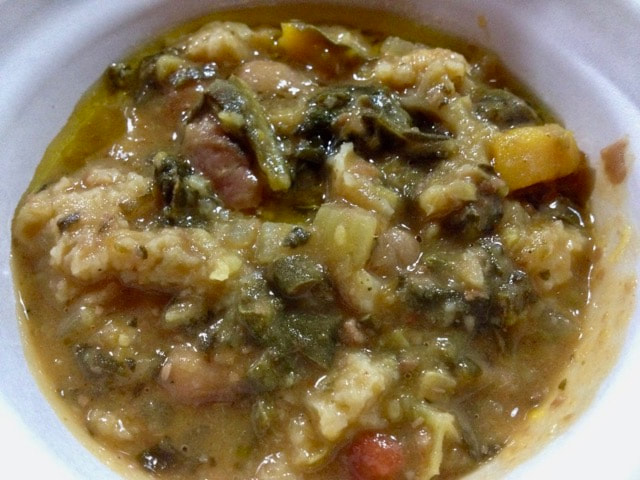
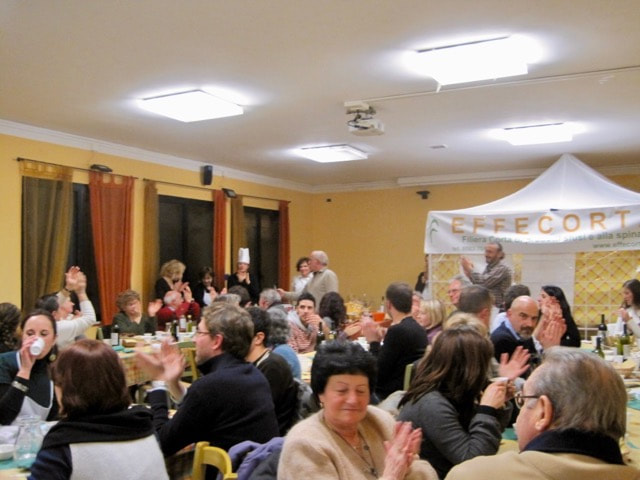
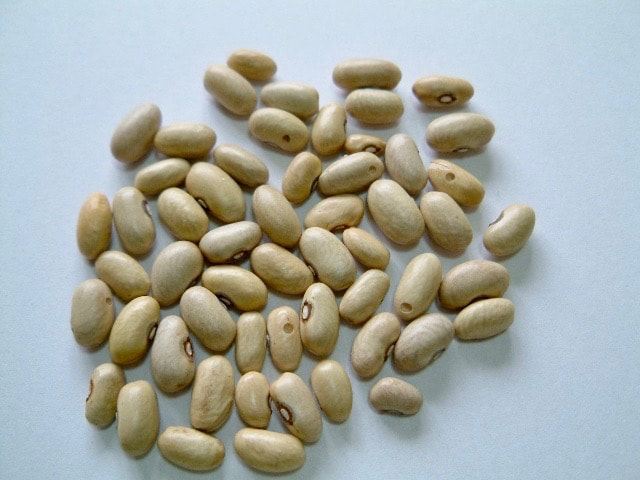
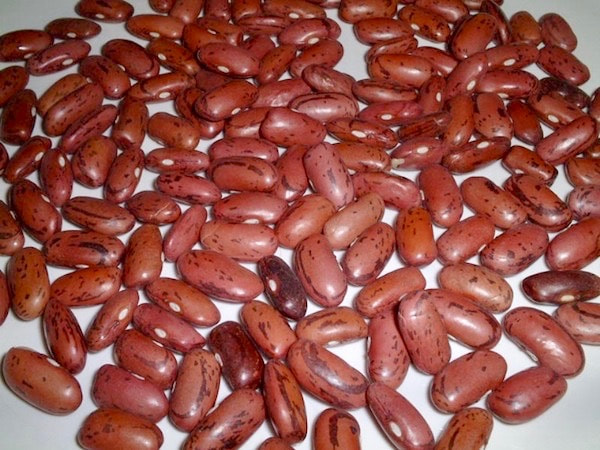
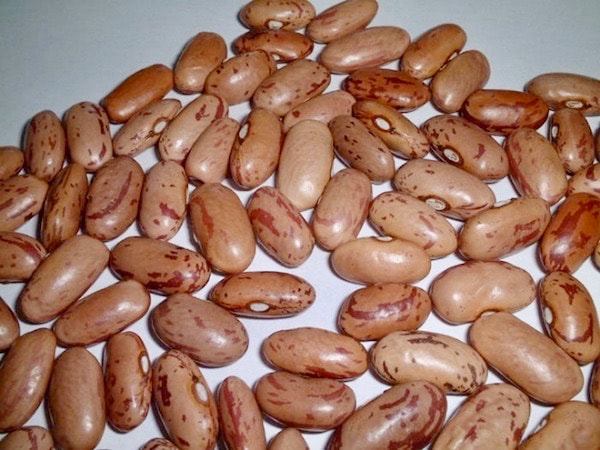
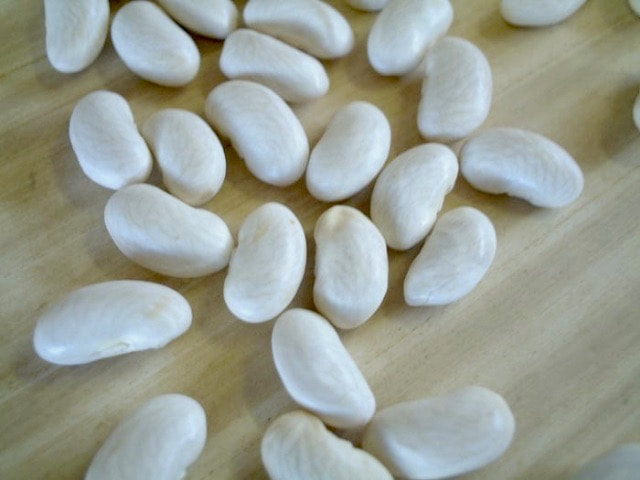
 RSS Feed
RSS Feed



